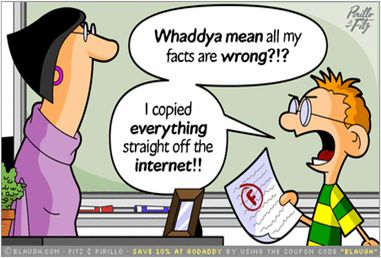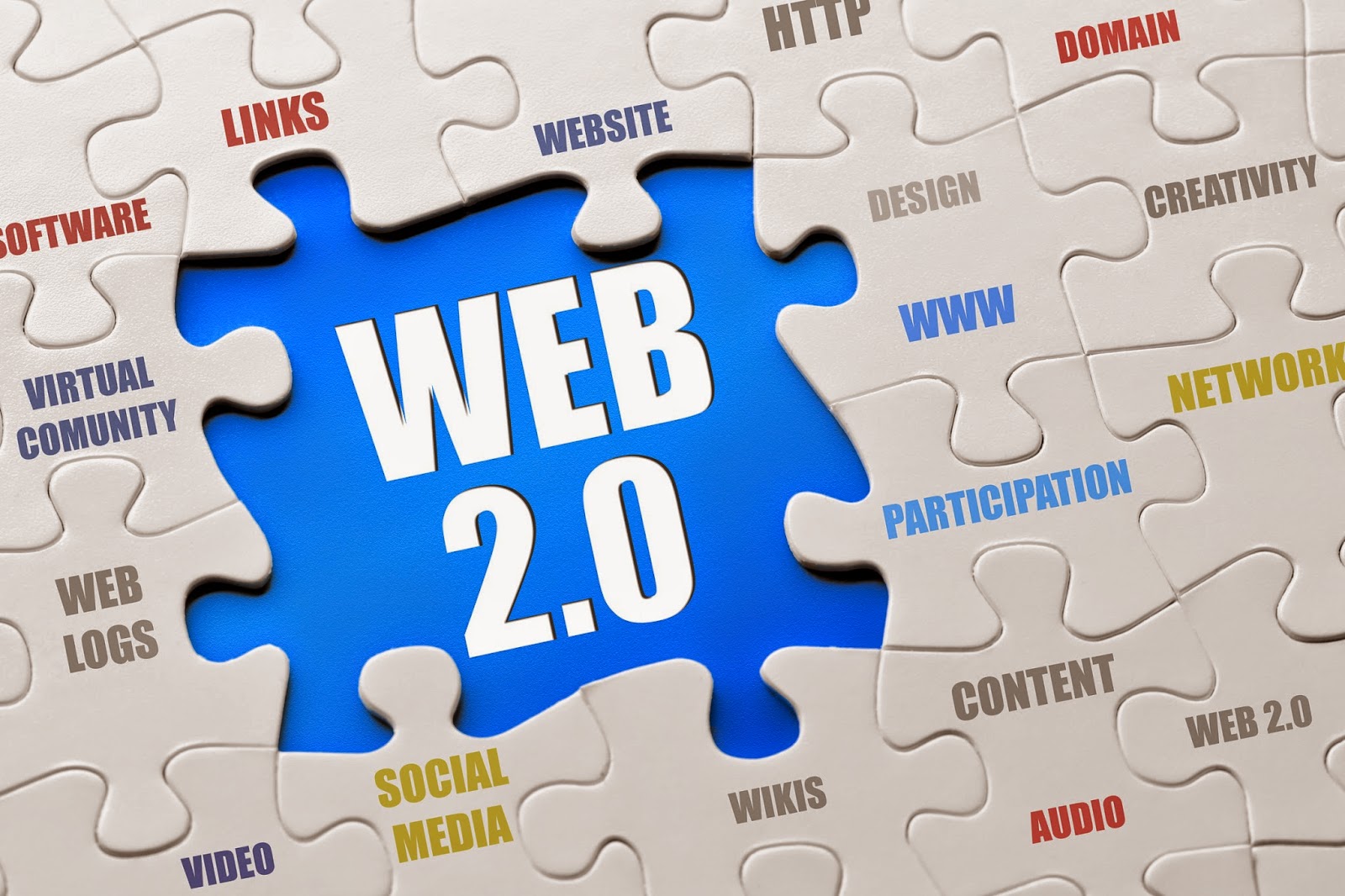The video clip featuring French and Saunders, though comedic, serves as the introduction for this blog post. For some teachers, that scenario is sadly reminiscent of what they experience when they are asked to or attempt to integrate technology without proper training. We know that in general, professional development is key for effective instruction and implementing best practices in the classroom. While educational best practices shift over time, professional development regarding technology integration is especially significant. It's important to remember that not all teachers are native technology users, and even if they are, technology is constantly evolving and new technology is constantly emerging. Teachers need to stay abreast of these changes in order to ensure that technology implemented is relevant and effective for the students.
Teachers should be comfortable using the technology that they implement. One study examined the difference between the discourse of digital native teachers and digital immigrant teachers and their students. The terms digital native and digital immigrant, coined by Marc Prensky (2001), refer to those who were born into the digital world and those who were not, respectively. The data analysis from the study indicated that digital native teacher possessed the skills to support her students, whereas the digital immigrant teacher lacked them. The digital immigration teacher demonstrated “hesitation, repetition, avoidance, divergence, and negation” because of her lack of technological competence (Grigoryan & Babayan, 2015). This is an indication of a broader problem between digital native students and digital immigrant teachers who do not speak the same language. While the study didn't delve into possible remedies for this discourse gap, professional development could certainly help to bridge the gap.
Technology should enhance and enrich our students' learning experiences; it should have strong curricular ties and its integration should be seamless. This ideal can only become reality through proper training and support. A technology integration specialist wears many hats in this regard. A technology integrator is a teacher, coach, mentor, and advocate. They need to have the experience in the classroom to understand the curriculum and the students as well as the experience with technology to support the teachers. They need to advocate for time and resources so that technology is available and accessible. They need to work closely with the administration to make sure that teachers and student have the tools that they need to make technology integration effective.
While a technology integration specialist is key in many ways in bringing technology to the forefront of education, professional development probably remains the biggest aspect of the job. A technology integration specialist should "provide consistent, frequent training and opportunities to practice new skills" (Don Macintosh, personal communication, September 27, 2014). A typical problem with professional development is that teachers are showered with new ideas in a single workshop and then left on their own to figure out how to use them. One idea to remedy this is to for the technology integrator to host weekly workshop hours in a computer lab to give teachers time to collaborate and try new things with built-in support. Technology integrators also need to be available to work with students and teachers in the classroom by modeling lessons and providing an extra hand during projects involving digital tools. With these strategies for professional development in place, teachers will begin to think of technology as a natural part of their pedagogy and lesson planning, rather than an additional burden or afterthought. Technology integration is much more effective when teachers consider "technology in education as part of the pedagogical process" (Okojie, Olinzock, & Okojie-Boulder, 2015).
While a technology integration specialist is key in many ways in bringing technology to the forefront of education, professional development probably remains the biggest aspect of the job. A technology integration specialist should "provide consistent, frequent training and opportunities to practice new skills" (Don Macintosh, personal communication, September 27, 2014). A typical problem with professional development is that teachers are showered with new ideas in a single workshop and then left on their own to figure out how to use them. One idea to remedy this is to for the technology integrator to host weekly workshop hours in a computer lab to give teachers time to collaborate and try new things with built-in support. Technology integrators also need to be available to work with students and teachers in the classroom by modeling lessons and providing an extra hand during projects involving digital tools. With these strategies for professional development in place, teachers will begin to think of technology as a natural part of their pedagogy and lesson planning, rather than an additional burden or afterthought. Technology integration is much more effective when teachers consider "technology in education as part of the pedagogical process" (Okojie, Olinzock, & Okojie-Boulder, 2015).
References
Grigoryan, T. & Babayan, N. (2015). Digital Natives and Digital Immigrants in a Paperless
Classroom. International Journal of Arts & Sciences, 8(1), 289-296.
Okojie, M., Olinzock, A., & Okojie-Boulder, T. (2015). The Pedagogy of Technology Integration.
The Journal of Technology Studies.
Prensky, M. (2001). Digital natives, digital immigrants. Retrieved September 12, 2014,
from http://www.marcprensky.com/writing/
from http://www.marcprensky.com/writing/


















